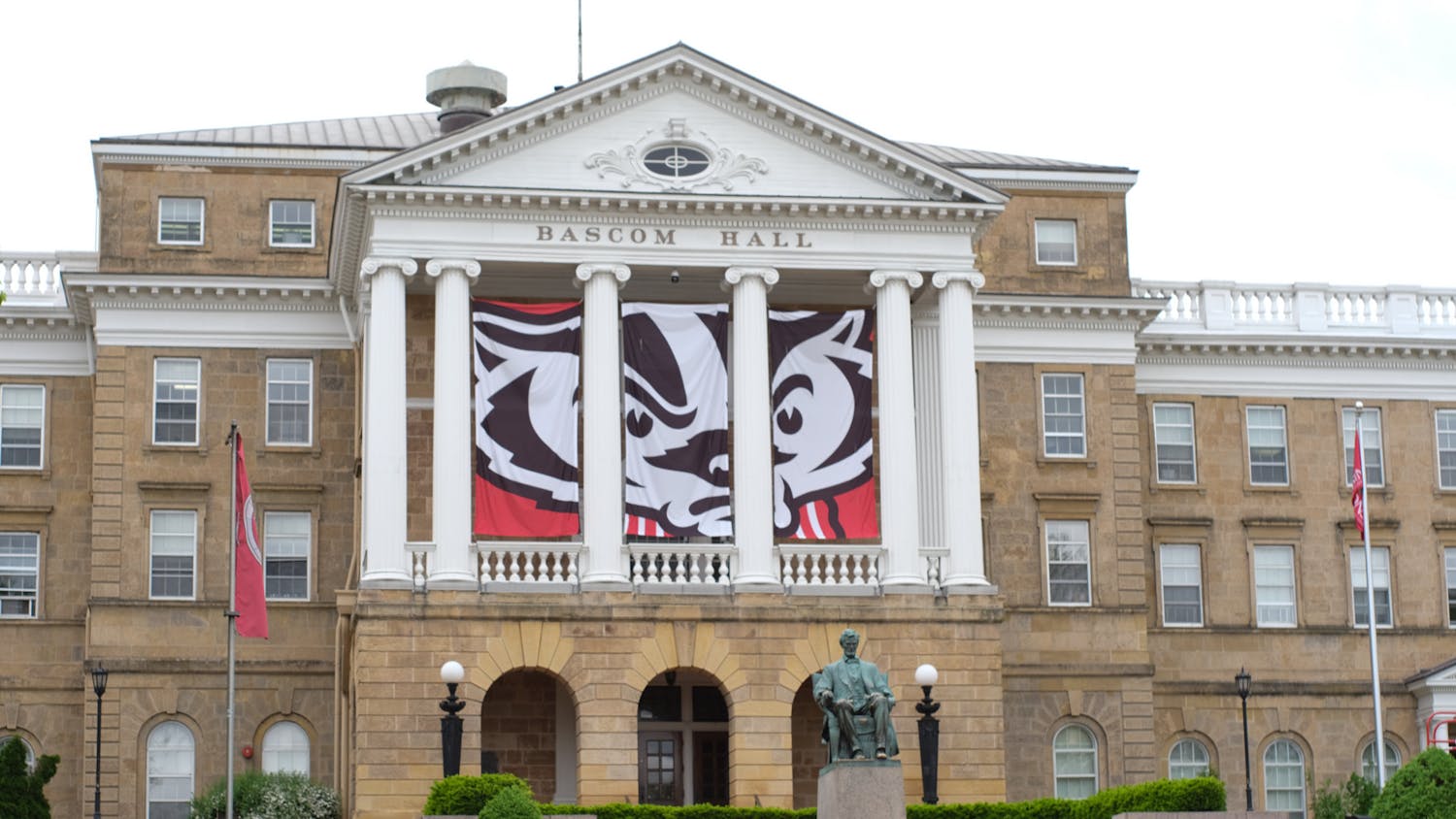A recent article on BBC explored the role cities play in efforts to combat global climate change. Cities are immediately described as “carbon criminals” since they account for “three quarters of global energy consumption and for 80 percent of greenhouse gas emissions.” True that may be, however cities are far from “carbon criminals.” Instead they’re keys to saving us from our own self-destructive tendencies.
We live within a socio-cultural context, which has for some time vilified cities. The “concrete jungle” lives on in our minds as places of pollution, vice and low-living standards. The soot encrusted London of “Oliver Twist,” the bullet holed Chicago of Al Capone and the broke, beaten down New York of the 70’s all play into our communal consciousness of what cities are. We manage to ignore livable places like Amsterdam, Barcelona or Vancouver though; they’re tourist attractions or ideas for urban planning enthusiasts.
Cities are where our future lies. Based on their inherent design, cities often force us to live more sustainably than if we lived in non-urban spaces. Vermont might look really “green,” but if we really want to make a difference, we better make our way to Brooklyn instead.
When discussing cities, it’s important to figure out what we’re talking about. Depending on the person, the term “city” will bring to mind many different images. For some it’s Midtown Manhattan or Chicago’s Loop, while for others it may only refer to a specific municipal area, like Madison proper. Because of these discrepancies, we need to create universal terminology. I prefer urban, suburban and rural. Each convey a specific idea based on geography and types of physical spaces.
Urban spaces are those associated with cities: downtowns, high-density areas with a mix of residential and commercials uses versus suburbs with low-density sprawling housing and commercial developments, strict zoning and a dependence on cars for transportation. Finally, the rural landscapes are farms and fields.
The urban spaces are the ones that will best aid us into the future. By design, they’re sustainable. Even before sustainable design and living became a thing to consider, places like Manhattan, Chicago’s neighborhoods and Madison’s Isthmus were considerably more sustainable places to live than sprawling suburbs like Sun Prairie, Wisc. Living in apartments, sharing green space, getting around by bus, bike and walking all work toward a significantly lower environmental footprint than the alternative of driving most places, having large plots of land that are inneficiantly and building large energy intensive single-family homes.
The statistics from BBC about cities being “carbon criminals” and producing huge quantities of pollution and greenhouse gases are deceiving. They only show what happens when we look at the total sum of pollution and negative environmental impacts when viewed as concentrations within a single urban area. But break down the statistics into per capita use and the picture is very different.
Manhattan for example, the island borough at the center of New York’s identity, has some of the highest collective water and energy consumption of any place in the United States, but some of the lowest, if not the lowest, per capita use. Manhattanites use gas at a level unseen since the Ford Model-T was the most common car on American roads. Over 80 percent of Manhattanites take public transportation to work, and that doesn’t include the number of people who walk or bike. These are all points taken from David Owen’s book “Green Metropolis.”
It’s urban living that gets us to the levels of resource consumption that can help us sustain human life longer. Americans need to embrace urban life once again. For too long our ideal mode of living has been the suburban community. But it’s only a facade of green. Bigger lawns and more space doesn’t equate to sustainable living. That’s not to say we must abandon the single-family home and garden, but we need to reconsider how we plan them. One way is by reviving traditional planning methods like smaller homes, gardens and walkable communities where transit and commercial uses are accessible without a car. Urban spaces also need to be embraced as locations for the middle class and families, not just yuppies, the super rich or the lower class. A city can be as fulfilling a place to grow up as a house with a big lawn.
While Americans may not change the world alone, the way we live has a huge international impact. Our global influence shapes how other people aspire to live. If we continue to act as role models, we must be good ones and show that sustainable life is something worth aspiring. We can’t vilify cities anymore, they’re saviors of sustainable living. We must embrace them and the urban age.
Are America’s cities groud zero for developing sustainable living? Michael is a senior majoring in German and History. Let us know how you feel and please send all feedback to opinion@dailycardinal.com.





